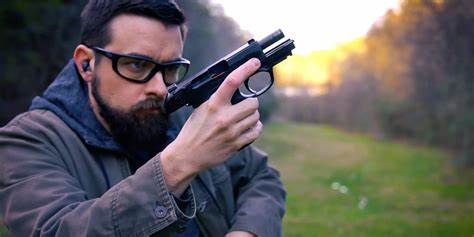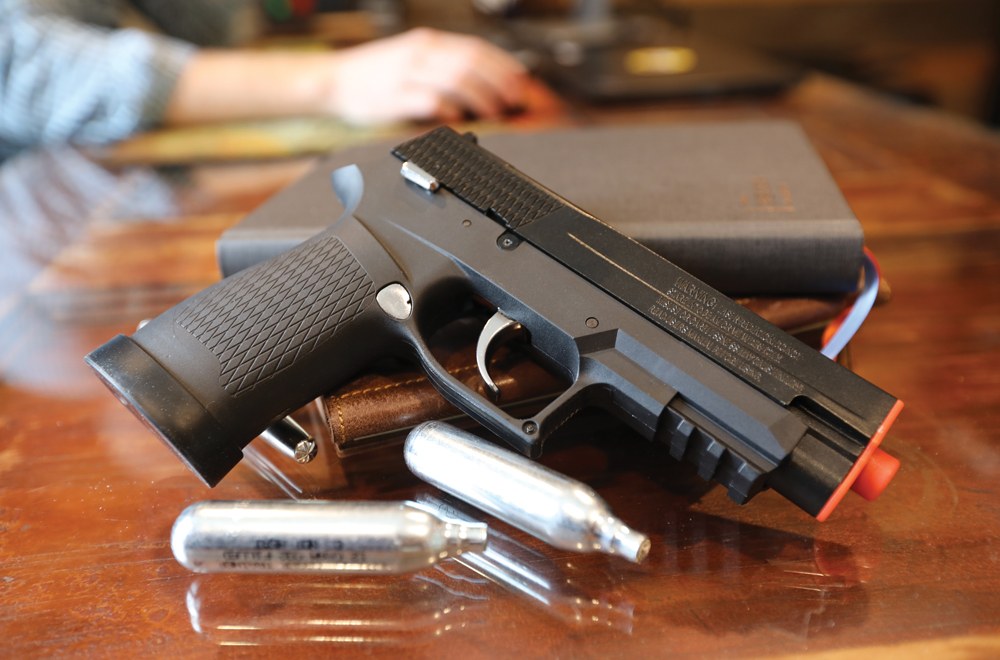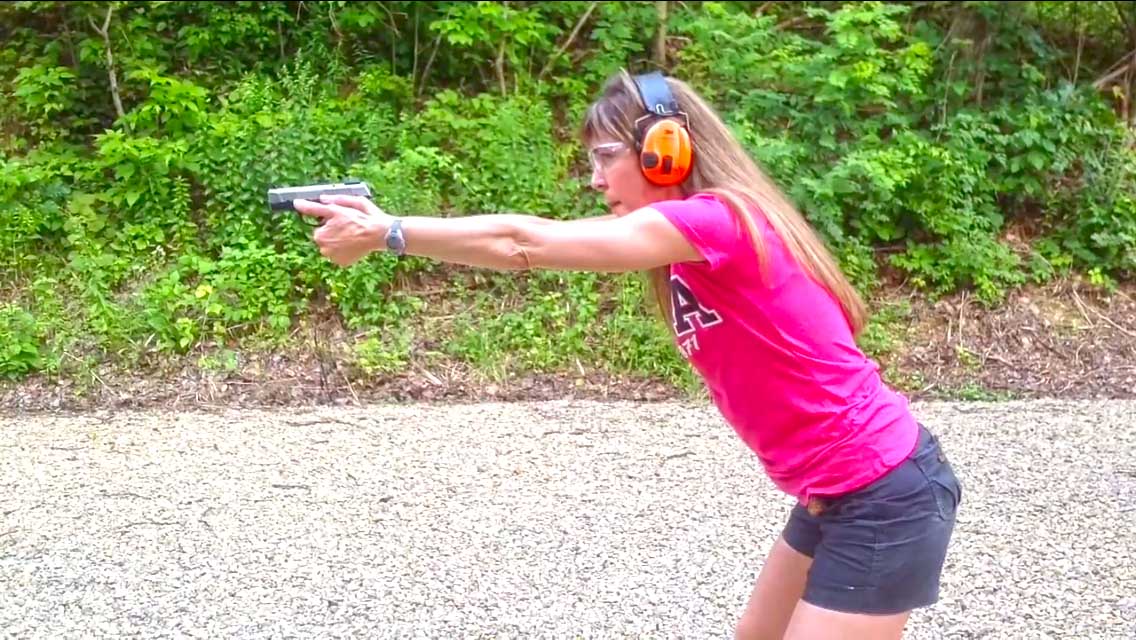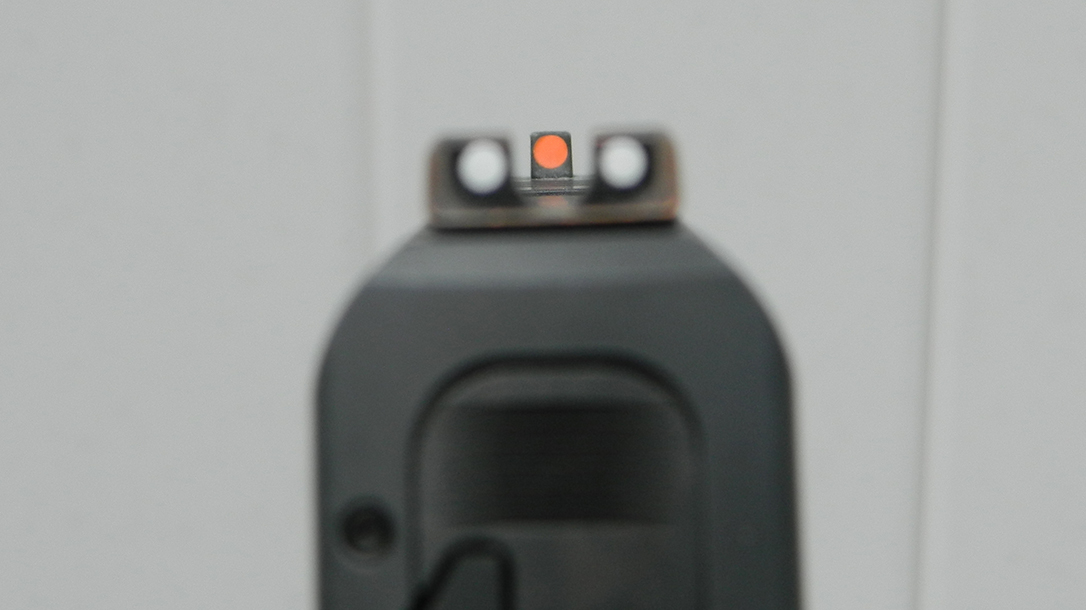For any gun owner or shooting enthusiast, one of the most invaluable (if not lifesaving) skills you can learn is the ability to shoot with your weaker hand. Shooting with your weak hand means shooting with your less dominant hand. Whether due to an injury or to save time, you may need to rely on your less dominant hand to do the job; a skill that can prove lifesaving.
Importance of Learning to Shoot with Your Weaker Hand
You may be forced into a situation to rely on your weaker hand to shoot. That could be as a result of an injury to your dominant hand. Your weaker hand may also offer the shortest proximity to the nearest fire weapon when you’re pressed for time.
Shooting Techniques for Weaker Hands
You can use two techniques with your weaker shooting hand - the straight hand and the canted technique.
- The straight hand technique: With this technique, drive your weaker shooting hand forward until the elbow locks in place. Ensure that the firearm is parallel up and down. This technique is similar to most traditional standing shooting positions and offers a predictable upward recoil.
- The canted technique: In this method, drive your shooting hand straight out, locking your elbow, and cant your firearm about 10 to 24 degrees. Many firearm users find this technique to be more comfortable than the straight hand style. It also gives your dominant eye a more natural position, even with your weaker shooting hand. However, if you have a dominant right hand and left eye, you may find this technique less advantageous.
What to Do with Your Weaker Hand
Your weaker hand’s position is as important as your shooting hand. If your arm is too injured to move it, you should let it hang until you apply first aid or help arrives. Otherwise, it is best to bring it up to your chest to offer you greater support and balance while keeping the injured hand out of the way. Your injured hand on your chest also ensures that it doesn’t strike anything while you move. It is also essential to gun safety.
How to Position Yourself
Just like any shooting position, you must have the right balance. Stand with your legs shoulder-width apart and your weight slightly forward to prevent you from falling backwards. You can also slightly “blade” your body for better support while keeping you from harm’s way.
Weapon Manipulation with A Weaker Hand
Before you pull the trigger, you should be able to manipulate your weapon effectively.
- Drawing: Reach over with your weaker hand and grip your firearm in an inverted manner, so your thumb faces the magazine. Pull your firearm between your arm and body, and assume a proper grip.
- Reloading: With an automatic, place the gun between your knees with the grip facing up to insert your magazine. Next, hit the slide release. With a revolver, open the cylinder and flick your wrist to allow it to pop out. Push the ejection rod and place it between your belt and your body. Next, drop the speedloader or moon clip in, retrieve your firearm, and push the cylinder in place.
- Training,
- 2764




